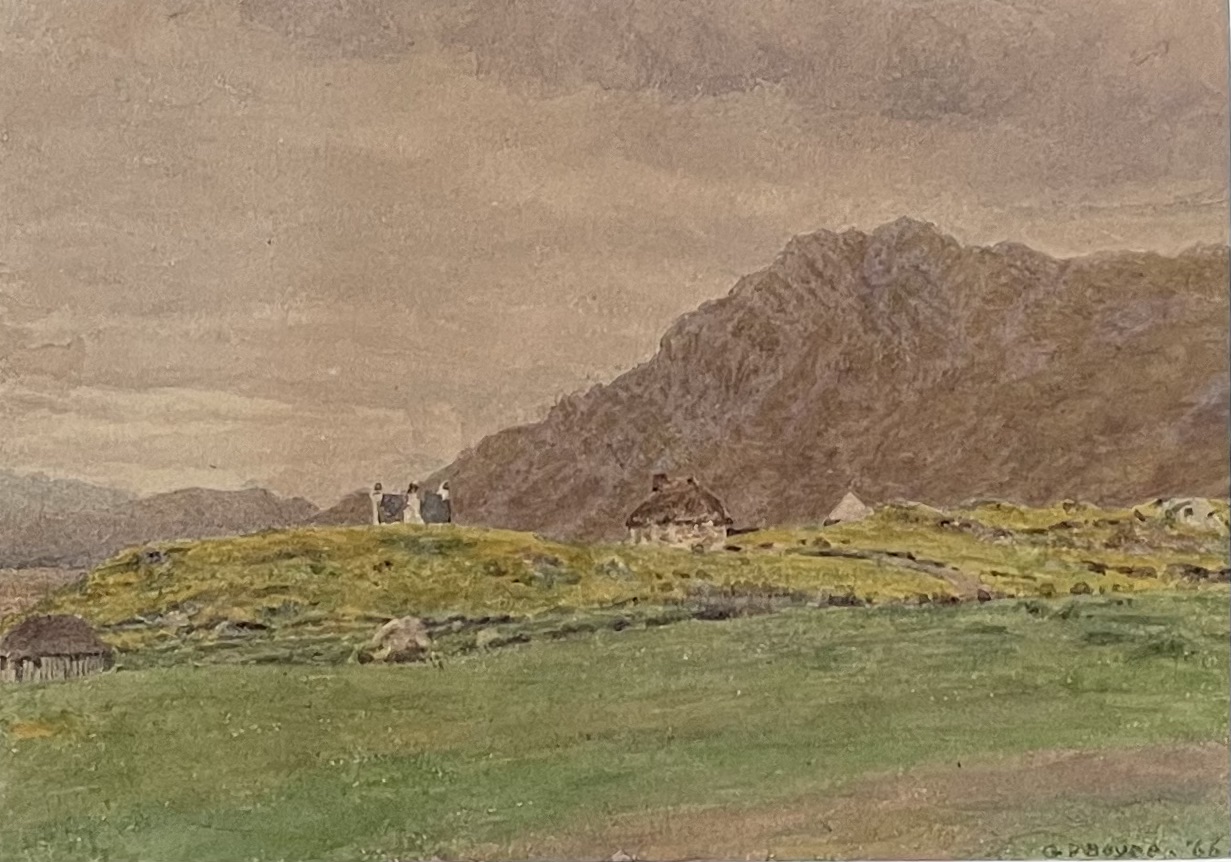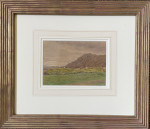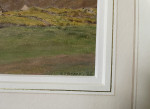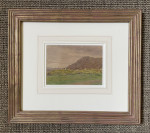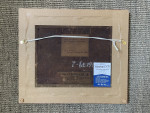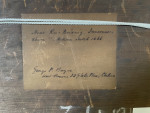- HOME
-
- View All Items
- New Arrivals
- Featured Items
- Artists
-
- View All
- Contemporary
- Birmingham School
- Cotswold Group
- Landscape
- Urban Townscape
- Abstract
- Animals/Birds
- Arts & Crafts
- British Impressionist
- Botanical
- Design/Industrial
- Fantasy/Fairy Subjects
- Female Artists
- Figurative
- Historical
- Illustration/Cartoon
- Marine
- Military/War Artist
- Modern British
- Pre-raphaelite/ Romantic/ Aesthetic
- Nude
- Portrait
- Prints
- Scottish
- Sculpture
- Sporting
- Still Life
- Theatrical
- Interiors/Architectural
-
ARCHIVE
Genre
- View All
- Contemporary
- Birmingham School
- Cotswold Group
- Landscape
- Urban Townscape
- Abstract
- Animals/Birds
- Arts & Crafts
- British Impressionist
- Botanical
- Design/Industrial
- Fantasy/Fairy Subjects
- Female Artists
- Figurative
- Historical
- Illustration/Cartoon
- Marine
- Military/War Artist
- Modern British
- Pre-raphaelite/ Romantic/ Aesthetic
- Nude
- Portrait
- Prints
- Scottish
- Sculpture
- Sporting
- Still Life
- Theatrical
- Interiors/Architectural
- ARTISTS
- Online Exhibitions
- Events
- About
- Contact
- Home
- Genre
- Pre-raphaelite/ Romantic/ Aesthetic
- George Price Boyce - Arisaig
George Price Boyce - Arisaig
George Price Boyce - Arisaig
3060
GEORGE PRICE BOYCE, RWS
(1826-1897)
Near Ru Arisaig, Invernesshire – Autumn 1866
Signed and dated l.r.: G P BOYCE 66; inscribed on the reverse: Near Ru-Arisaig – Autumn Sketch 1866, signed and inscribed with title and the artist’s address on a label on the backboard
Watercolour
Framed
10.5 by 15 cm., 4 ¼ by 6 in.
(frame size 30 by 34.5 cm., 11 ¾ by 13 ½ in.)
The present work was executed while the artist was visiting his client, the surgeon, histologist and anatomist, Sir William Bowman (1816-1892). He is best known for his research using microscopes to study various human organs, although during his lifetime he pursued a successful career as an ophthalmologist at Moorfields Eye Hospital and King’s College. Bowman had a Scottish house at Camusdarach, between Arisaig and Mallaig, on the Road to the Isles which had been designed for him in 1863 by Philip Webb. Ru Arisaig is a forest near Arisaig. Boyce’s watercolour shows substantial turf and drystone structure lying to the west of the forest path. It is thought to be the remains of the enclosure bank erected around the plantation.
Boyce was born in London, the son of a wine merchant and pawnbroker. He initially trained as an architect but after a meeting with David Cox in Wales in August 1849 he decided to give up architecture in favour of watercolour painting. In about 1849 he met Thomas Seddon and Rossetti who in turn introduced him to the other members of the Pre-Raphaelite Brotherhood and the great critic and patron John Ruskin. He and Rossetti became close friends sharing a house together for a time in Chatham Place, Blackfriars. He diaries of this time give a fascinating insight into the early life the group and especially the troubled relationship between Rossetti and Lizzie Siddal and her tragic death.
Boyce’s early work concentrated on landscape watercolours, often around the Thames Valley, Sussex and Surrey. He was extremely close to his sister Joanna. A very talented artist herself she was married to the artist Henry Tanworth Wells. He was devastated when she died during child birth in 1861 and he decided to escape England for a time and travelled to Egypt where he shared a house in Giza with Frank Dillon.
He applied the strict Pre-Raphaelite principles of truth to nature. Boyce exhibited at the Royal Academy from 1853-1861 but mainly showed at the Old Watercolour Society where he exhibited a total of 218 works in the summer and winter exhibitions. Works by him are in many public collections including the Tate Gallery, British Museum and Victoria & Albert Museum.
Thank you for your enquiry.
We will get back to you soon.
Please create wishlist to add this item to
RELATED ITEMS

